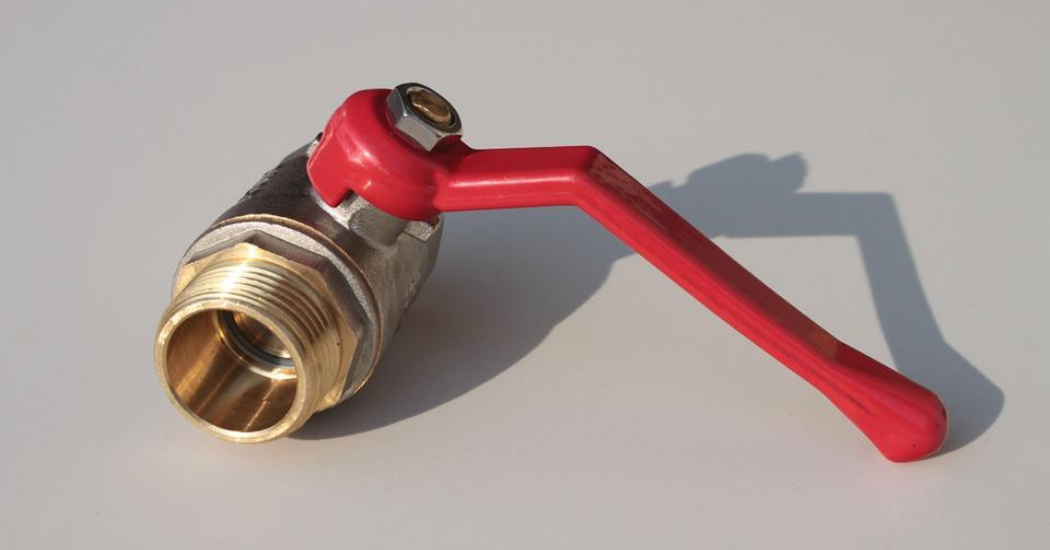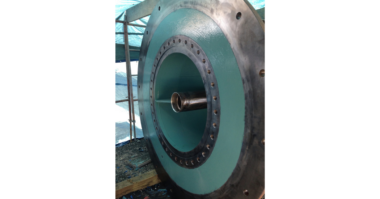The most common utilities go through the most extreme processes. Think about the heating in homes, the fuel that goes into cars, and even flowing water available on tap.
These fluids undergo rigorous procedures before taking the familiar form we know. Valves are essential to control and manage the flow of fluids in their various states. While many types are available, ball valves are the most common and versatile components that keep piping systems bubble-tight.
How Do Ball Valves Work?
Names for the types of valves are suggestive of how they operate. For instance, a ball valve utilizes a spherical implement with a cylindrical bore through its center. The ball turns with the swinging action of the valve handle. Its bore, also known as port, can assume either a closed or open position as the ball rotates 90 degrees.
In the open position, the port aligns with the direction of the flow. This orientation allows the fluid to flow through the opening. On the other hand, the closed position puts the length of the port perpendicular to the fluid’s path to prevent its flow. Conventional designs take a quarter-turn to open or close a ball valve, which allows for a quick response.
Because of the way ball valves work and the allowable modes of operation, their purpose in a system is mainly to start or stop the flow of fluids. However, their application can extend to moderate throttling services as ball valves can provide a way to regulate gases by opening to relieve pressure.
Typical Use Examples
Because standard ball valve designs are compact and low-maintenance, they are the go-to choice in many processing plants and facilities. The simplistic design of a ball valve makes it a versatile option that serves various applications across different industries.
You will find ball valves used in the upstream and downstream stages of the oil and gas industry, chemical processing, and other residential and commercial applications. Fluids in these processes can come as viscous liquids, slurries, gases, or even corrosive chemical substances. The sweeping motion of the ball as it slides within the valve body to open or close the valve makes these devices even suitable for fluids that contain suspended sediments or solids.
Moreover, the component materials of valve construction ensure that the valve can withstand the different types of fluids passing through. For example, a valve for cryogenic applications will require a special metal alloy, while a valve that handles chemicals might require non-metallic alternatives and corrosion-resistant seals.
Advantages and Disadvantages of Using Ball Valves
The advantages of using a ball valve include allowing high flow capacities with a low drop in pressure. This characteristic translates to lower head losses for the system. Meanwhile, the closed position delivers an air-tight seal that results in low leakage. The quickness of switching between the two operative modes is also an added advantage.
On the flip side, there are some downsides to using ball valves, especially if working in extreme conditions. High-pressure systems, together with a ball valve’s quick opening action, can cause a pressure surge that can potentially damage downstream equipment. Additionally, there is a risk of degradation if the internal components of a ball valve are not suitable for high-temperature service.
Weighing the advantages and disadvantages all boils down to having the proper type of valve for the intended purpose. A ball valve is usually a good starting point for most applications that aim to control whether or not to permit fluid flow. As you learn more about your system, you can assess whether a ball valve remains a good fit.
For example, a ball valve will generally provide better shutoff characteristics than a gate valve. However, you might consider using a gate valve if you anticipate needing to perform frequent maintenance and service work. Another consideration is the extent of control that your system requires. Ball valves are reliable and durable for on/off applications. But for more precise control of the amount of flow, a globe valve might be more appropriate.
Conclusion
Whether serving as manual devices or as actuated variants, the versatility of ball valves allows for their implementation across a broad array of applications. A fire-safe ball valve, for example, can withstand extreme conditions while responding to the presence of intense heat. These characteristics are essential in industries that work with combustible fluids and fire suppression systems.
A truly informed process of valve selection would also consider the other components used throughout the system. For instance, employing ball valves to control certain characteristics of the flow before or after a pump, can also consequently help the pump itself operate within safe conditions, maximize its efficiency, and avoid excessive stresses. Remember that while individual valves prove essential in and of themselves, they also represent just parts of a broader, tightly sealed system.





Comments